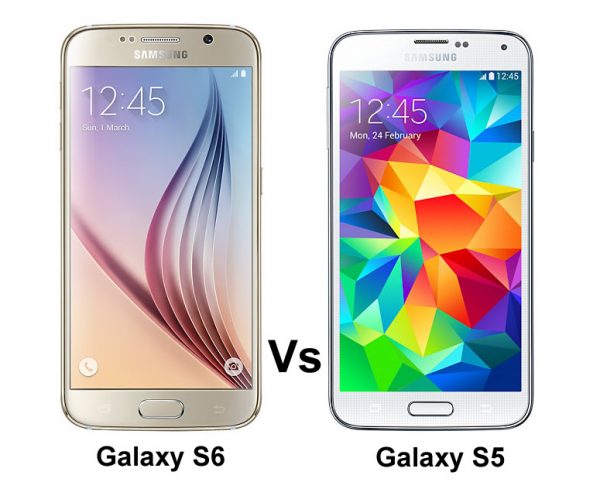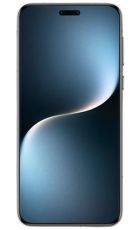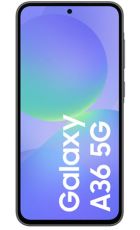The Samsung Galaxy S5 is a feature packed phone and when it launched its specs were cutting edge too. That’s all true of the Samsung Galaxy S6 as well, except being brand new its specs are still cutting edge and while the Galaxy S5 disappointed with a plastic build the Galaxy S6 has a premium metal and glass one.
So is it a clear win for Samsung’s new handset or does the S5 still have things going for it? Read on for a full comparison.
Build
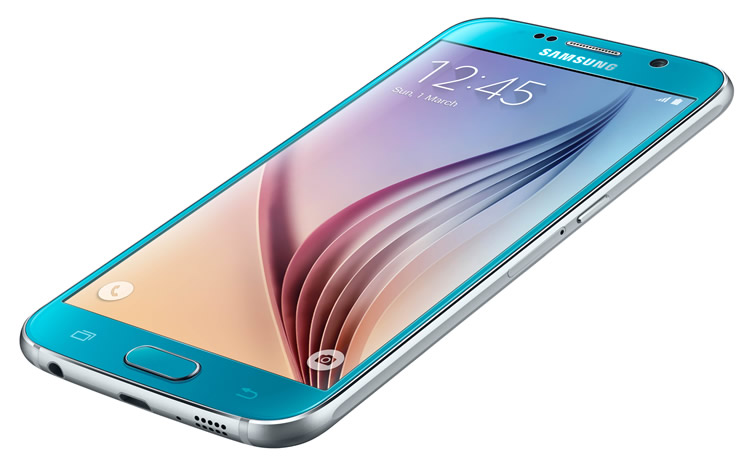
Samsung Galaxy S6 (143.4 x 70.5 x 6.8mm 138g metal and glass) vs Samsung Galaxy S5 (142 x 72.5 x 8.1mm 145g plastic)
The Samsung Galaxy S6 has a glass back and a metal frame, creating a fusion of premium materials. There’s an eye for design here too though with a super-slim 6.8mm thick build leaving it looking undeniably great, if still quite similar to previous Samsung handsets.
The Samsung Galaxy S5 meanwhile is made of plastic, leaving it looking far lower end and less attractive. It’s not ugly as such but it doesn’t look or feel like a flagship and while it’s fairly slim it’s still thicker than the Samsung Galaxy S6 at 8.1mm.
However its pockmarked back is easy to grip and it’s IP67 certified dust and water resistant, while the Samsung Galaxy S6 has no resistance to the elements.
Display
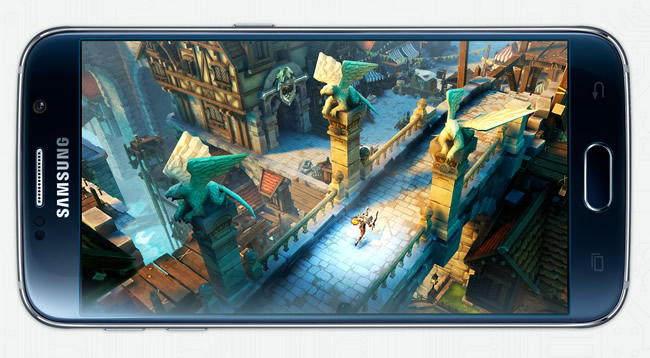
Samsung Galaxy S6 (5.1-inch 1440*2560 577ppi) vs Samsung Galaxy S5 (5.1-inch 1080*1920 432ppi)
Both the Samsung Galaxy S5 and the Samsung Galaxy S6 have 5.1-inch Super AMOLED screens, but they have very different resolutions.
The Samsung Galaxy S5 has a 1080 x 1920 display, giving it a pixel density of 432 pixels per inch, while the Samsung Galaxy S6 has a 1440 x 2560 screen for a pixel density of 577 pixels per inch. Both are sharp then but the Galaxy S6 is by far the sharpest with its QHD resolution.
Both screens are also bright and vibrant, delivering rich colours and great visibility even in direct sunlight.
Power
Samsung Galaxy S6 (2.1GHz octa-core 3GB RAM) vs Samsung Galaxy S5 (2.5GHz quad-core 2GB RAM)
The Samsung Galaxy S6 has 3GB of RAM and a 64-bit octa-core Exynos 7420 processor, with four cores clocked at 2.1GHz and four at 1.5GHz.
That’s a whole lot of power and it can also switch between cores depending on how much computing power is needed, so it should be efficient and not overly heavy on the battery.
The Samsung Galaxy S5 is pretty powerful too but its specs are starting to look a little bit dated. It has a 2.5GHz quad-core Snapdragon 801 processor and 2GB of RAM, so it’s both less powerful and less efficient than the Samsung Galaxy S6, but it’s still capable of fairly slick performance.
Camera
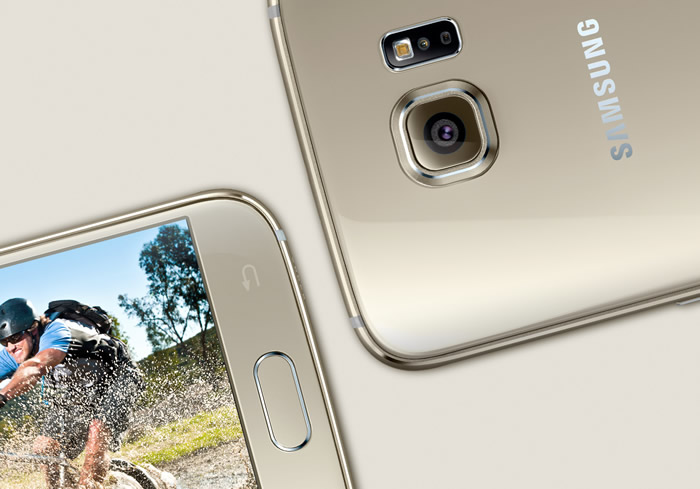
Samsung Galaxy S6 (16MP rear 2160p@30fps 5MP front-facing) vs Samsung Galaxy S5 (16MP rear 2160p@30fps 2MP front-facing)
Both the Samsung Galaxy S5 and the Samsung Galaxy S6 have 16 megapixel main cameras and both can shoot video in up to 2160p at 30fps, but the Samsung Galaxy S6 also has optical image stabilisation, allowing it to counteract any camera shake. That’s a feature that’s missing from the Samsung Galaxy S5.
The Galaxy S6 has a superior front-facing camera too, as it has a 5 megapixel sensor, while the Galaxy S5 has just a 2 megapixel one. But both phones are jam packed full of camera modes, such as panorama and dual shot.
Battery life, memory and connectivity
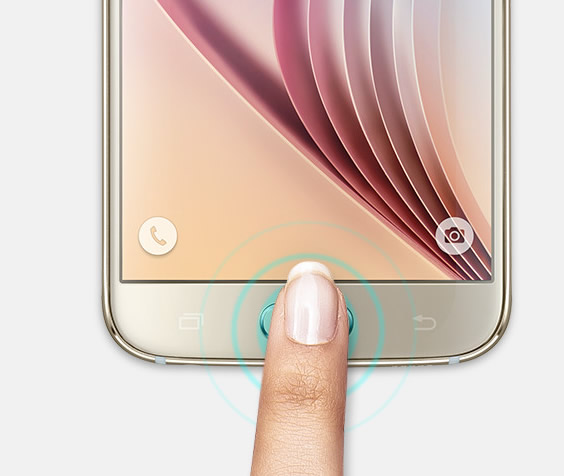
Samsung Galaxy S6 (2550 mAh 32/64/128GB 4G NFC) vs Samsung Galaxy S5 (2800 mAh 16/32GB 4G NFC)
The Samsung Galaxy S6 has a 2550 mAh battery, while the Samsung Galaxy S5 has a 2800 mAh one, so the Galaxy S6’s is actually a downgrade. Samsung hasn’t confirmed exactly what sort of life to expect from the S6’s juice pack, but the Galaxy S5 can last for up to 390 hours on standby, 21 hours of talk time or 67 hours of music.
That’s pretty good and it remains to be seen whether the Galaxy S6 can match it, but while its battery is smaller the phone should at least have a more efficient processor and it also supports fast charging and wireless charging, making it easier to get juiced back up.
Another thing to bear in mind though is that while the Samsung Galaxy S5 has a removable battery the Galaxy S6’s is sealed in.
The Samsung Galaxy S6 comes with a choice of 32, 64 or 128GB of built in storage but it doesn’t have a microSD card slot, while the Samsung Galaxy S5 has just 16 or 32GB but it also has a microSD card slot with support for cards of up to 128GB, so invest in a big enough card and you can get more storage overall.
Connectivity options are similar across the two phones, with both supporting Wi-Fi, 3G, 4G, NFC and infrared. The Galaxy S6 also supports Bluetooth 4.1, while the Galaxy S5 supports Bluetooth 4.0.
Conclusion
The Samsung Galaxy S6 is clearly a huge upgrade over the Galaxy S5 in most areas, with a more premium build, more built in storage, more power, an improved camera and a higher resolution display. It also has other improvements such as a more accurate fingerprint scanner.
But the Samsung Galaxy S5 actually tops it in a few areas, with the inclusion of a microSD card slot, a larger battery and water and dust resistance. It’s also still powerful and has a great screen, despite not matching the Samsung Galaxy S6 for either and while the Samsung Galaxy S6 ships with Android Lollipop the Galaxy S5 is now upgradeable to it.
So the S6 is probably the better phone but the S5 is still worth considering, especially as it’s cheaper and whether it’s worth upgrading from the Galaxy S5 to the Galaxy S6 depends on what features you care most about.


